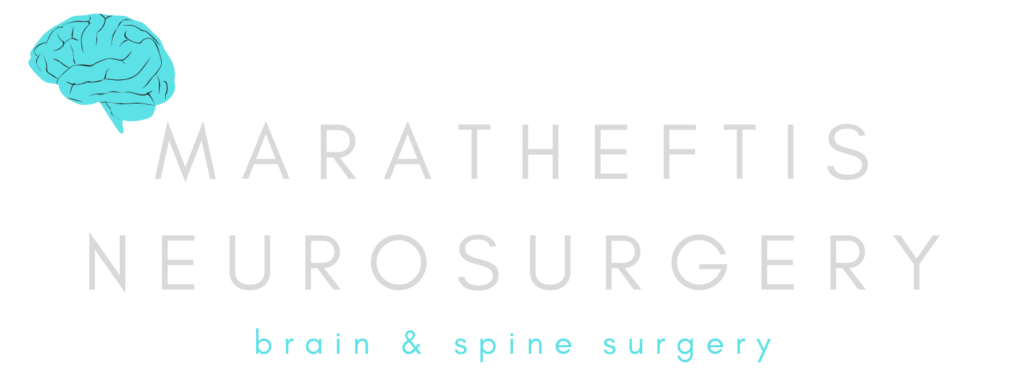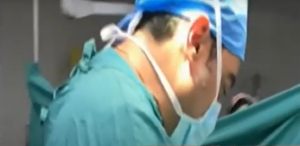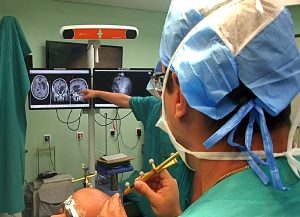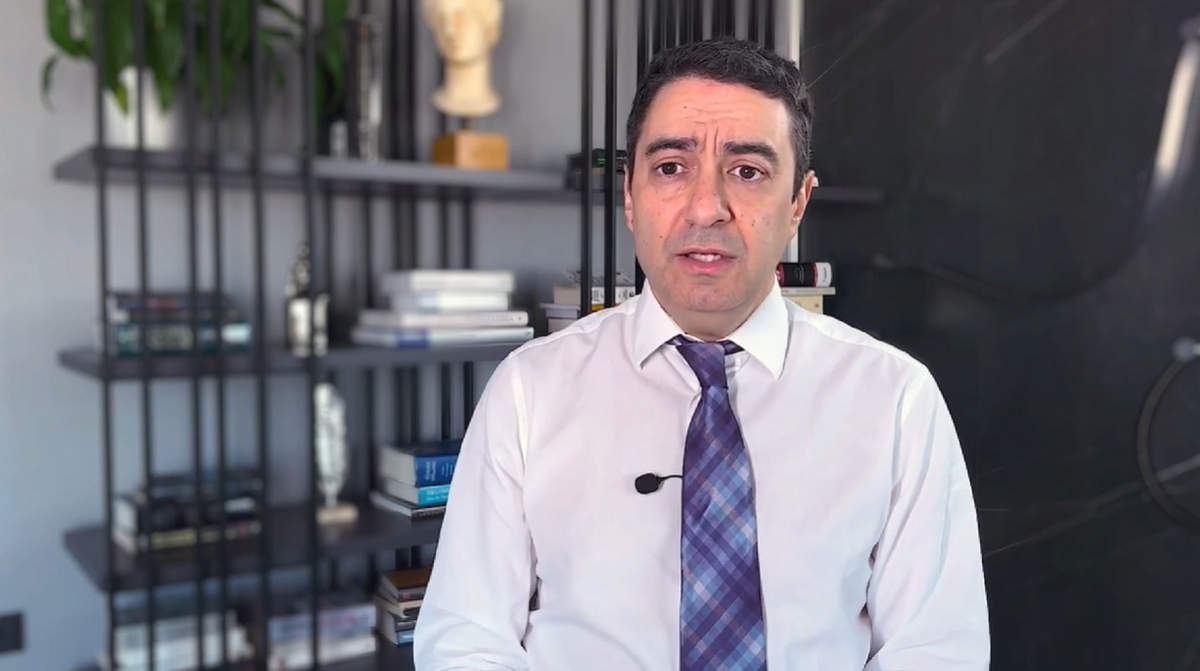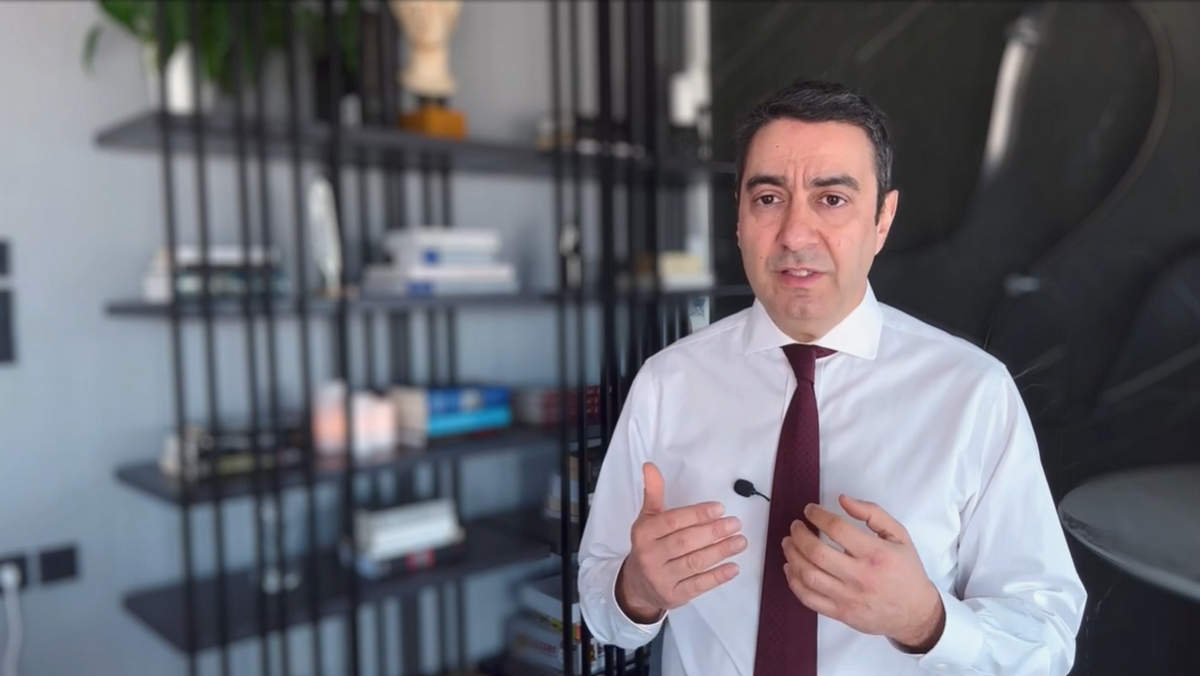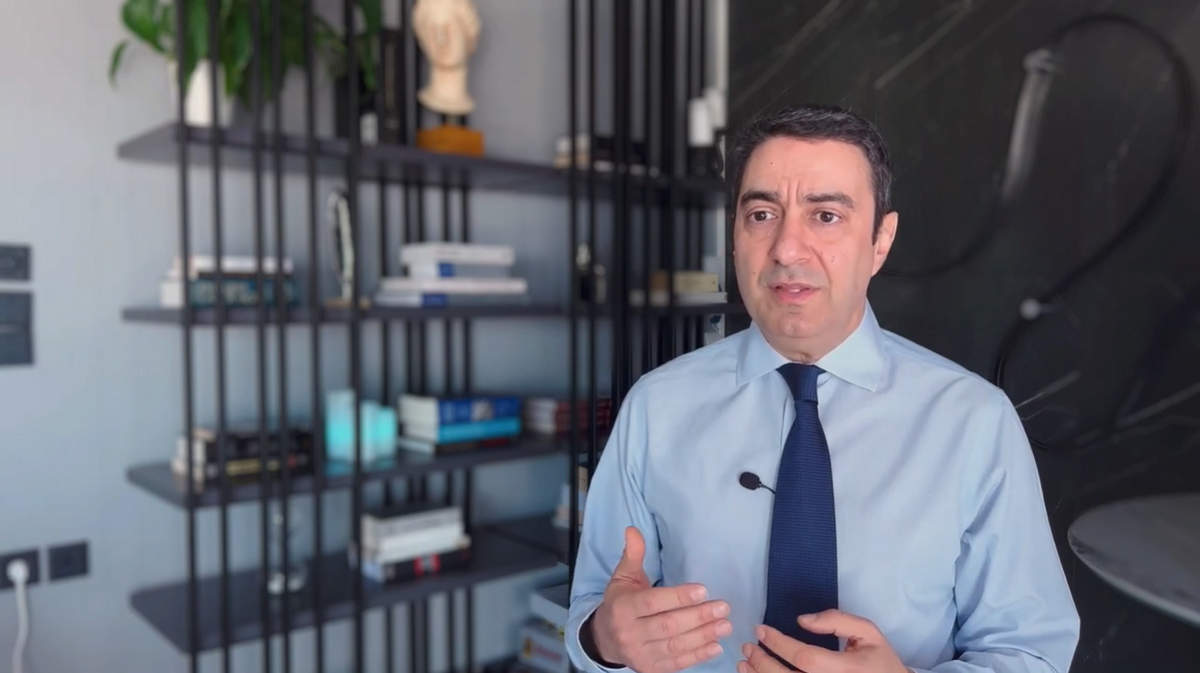Arteriovenous malformations of the brain and spinal cord are classied as a category of diseases that involve the morphology of blood vessels. These are congenital anomalies and may involve arteries, veins, or even small (capillary) vessels. They can be imagined as a tangle of vessels, irregularly intertwined. The vessel wall is often fragile, or there may be communication between one vessel with vigorous blood flow and another whose wall is thinner, and therefore more vulnerable. The result is frequent hemorrhaging from these formations, causing hemorrhagic strokes. Typical arteriovenous malformation includes the vessels that carry blood to the area, the central formation (nidus, meaning nest) and the vessels that take blood away. Usually, the brain tissue is outside of these formations. Frequently, these malformations are manifested by seizures, due to the constant irritation of the brain by these vessels and their hemorrhaging.
Symptoms
Due to their morphology and the fact that they since birth, they bleed much more often than aneurysms, and they start at a younger age (about 10 years earlier). Their mortality is lower than aneurysms (~ 10%), but their morbidity is similar (30-50% chance of permanent neurological damage in every hemorrhage). They can manifest with chronic headaches, which may seem like migraines. It is a common cause of epilepsy, and may present with other neurological symptoms, either temporary or permanent, due to the fact that they can ‘steal’ quantities of blood that would otherwise perfuse the brain tissue (Subclavian Steal Syndrome).
Diagnosis
The diagnosis is possible via computed tomography and magnetic resonance imaging. Digital angiography or spinal cord angiography may also be required. If the CT scans are carried out after the bleeding, the malformation may not be obvious within the hematoma. Therefore, intracerebral spontaneous (not traumatic) hemorrhaging in a young person raises the suspicion of vascular malformation.
Treatment
Some of the symptoms are treated with medication. If this is not possible, or if the possible hemorrhaging is significant, then invasive treatment is required. This does not necessarily mean surgery
Surgical Treatment
Removal of malformations, in the case that they do not share vascularity with normal tissue (brain or spinal cord) is the most effective treatment. In the case that there are veins in the brain that drain blood from both the lesion and the brain or spinal cord, then removal is more complicated. There are cases of epilepsy where in order to treat the seizures, both the malformation and the part of the brain that is subject to the chronic injury must be removed, and therefore it has become the cause of the seizures. Of course, this should have been clearly demonstrated through preoperative neurophysiological examination. If surgery needs to be avoided, there are alternative treatments.
Embolization, Stereotactic Radiosurgery
The embolization is performed either in combination with the surgery (usually preoperatively) or independently, although in that case, the results are usually insufficient. In the case of radiosurgery (γ-knife), the results are better, and the goal can be achieved with a minimally invasive method. Its disadvantage, however, is that it is slow-acting (up to 2 years after surgery), so in the meantime, the risk of hemorrhaging remains.
